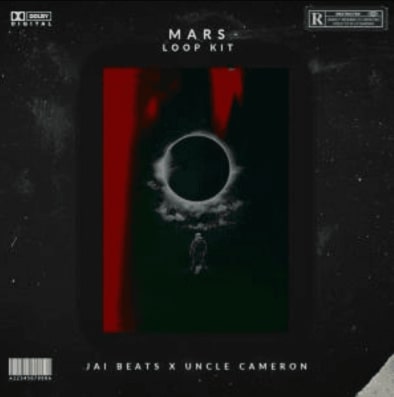
Jai Beats x Unclecameron Mars Loop Kit
Whats up guys it’s Uncle Cameron! This is my new Collab loop kit ‘Saturn’ with Jai Beats! This kit features 20 organic & ready to use melodies!
Go make some hits with these!
– Uncle Cameron
Demo Preview:

Whats up guys it’s Uncle Cameron! This is my new Collab loop kit ‘Saturn’ with Jai Beats! This kit features 20 organic & ready to use melodies!
Go make some hits with these!
– Uncle Cameron
Demo Preview:
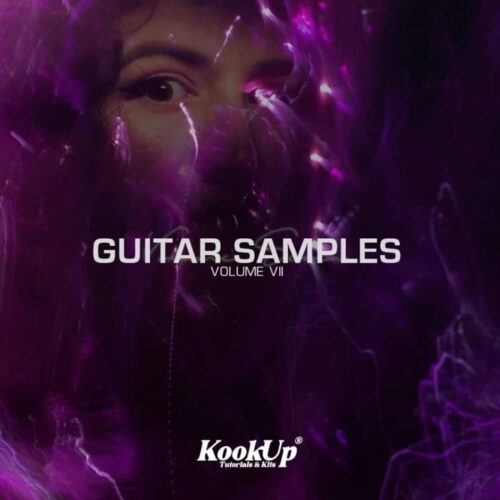
The seventh volume of “KookUp Guitar Samples” is now here!
This pack includes 17 compositions all BPM labeled in a variety of styles and genres.
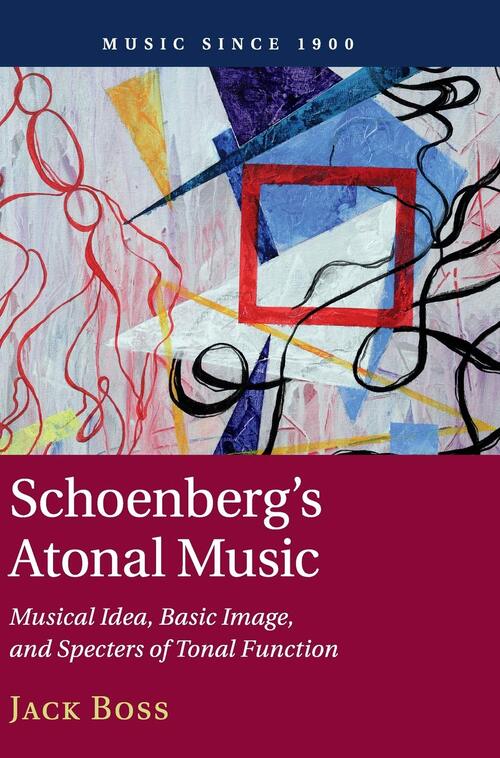
Award-winning author Jack Boss returns with the ‘prequel’ to Schoenberg’s Twelve-Tone Music (Cambridge, 2014) demonstrating that the term ‘atonal’ is meaningful in describing Schoenberg’s music from 1908 to 1921. This book shows how Schoenberg’s atonal music can be understood in terms of successions of pitch and rhythmic motives and pitch-class sets that flesh out the large frameworks of ‘musical idea’ and ‘basic image’. It also explains how tonality, after losing its structural role in Schoenberg’s music after 1908, begins to re-appear not long after as an occasional expressive device. Like its predecessor, Schoenberg’s Atonal Music contains close readings of representative works, including the Op. 11 and Op. 19 Piano Pieces, the Op. 15 George-Lieder, the monodrama Erwartung, and Pierrot lunaire. These analyses are illustrated by richly detailed musical examples, revealing the underlying logic of some of Schoenberg’s most difficult pieces of music.

Welcome aboard! This short but sweet course will get you up to speed with the two most important parts of a mixer’s toolkit: EQ and compression. Then, we’ll take you through how to use those tools to mix metal guitars and bass.
And FYI, these are the EXACT same methods we’ve used to mix albums for artists like Of Mice & Men, Asking Alexandria, Machine Head, Attila, blessthefall, and dozens more- this stuff is the real deal ????
Note that these tutorials are done using Cubase and a variety of different plugins, but don’t be thrown off if you use a different DAW or different plugins. The CONCEPTS are what matter here, and those will translate into any DAW and any plugin.
Happy mixing!
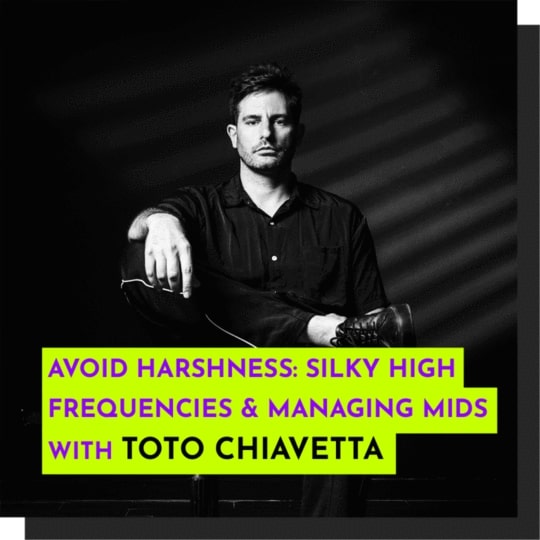
Toto’s first Pro Sessions became almost a cult. People asked for more time to review it, to grasp every detail and suck every bit of knowledge that he shared over the 4/5 hours he spent with us, getting into the detail of the low frequencies. It is regarded overall as the most detailed of sessions, and the one the pros enjoyed the most!
That is why, by popular demand, we are bringing professor Toto for his second pro session. We couldn’t be more excited!!
Toto will dig deep into how he manages mid and high frequencies, taking us through his tips and techniques.
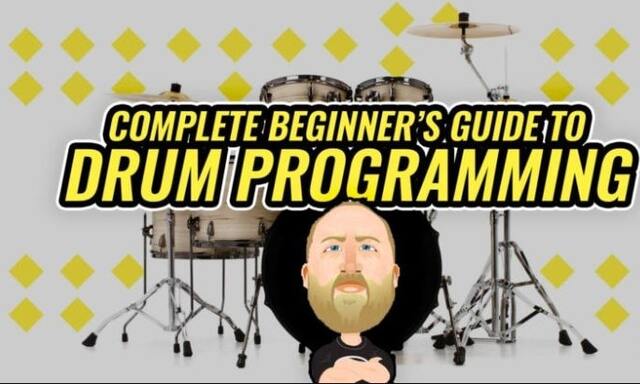
Welcome aboard! By the end of this course you’ll know everything you need to program the drums for a complete song from scratch!
We’ll go over the basics of the interface (drawing in notes, changing velocity, etc), the fundamental concepts of drum programming, how to program grooves, how to program fills, and put it all into action in a few examples.
Sit back, enjoy, and get ready for some awesome drumming action!
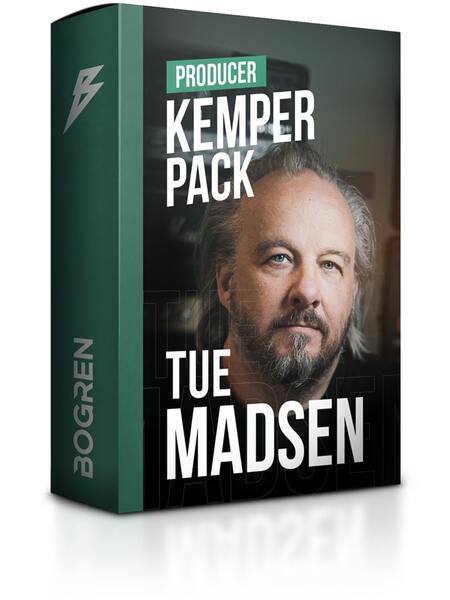
From legendary producer Tue Madsen (Meshuggah, Behemoth, August Burns Red, Black Dahlia Murder, Halford, The Haunted) comes the ultimate high-gain Kemper pack!
*** KEMPER HARDWARE REQUIRED ***
IN TUE’S WORDS
I’ve made this Kemper mostly for myself but then I thought ‘why not share it with people as well?’
These profiles are a collection of tones that I have used on many productions through the years, and I bet you can recognize some of them. It’s been a fun process of not only deconstructing past tones but also discovering new gear and techniques and push my own engineering skills in the process.
Naturally, my main focus was capturing studio tones. I wanted to give you a big tonal variety and profiles that fit in a mix right away with little to no fiddling (or ‘mix ready’ if you will).
I am pretty confident that these will work great in a live situation as well to make your guitar sound great and play nice with others. Some of these profiles were made to emulate my past recordings. In some cases, the bands I worked with ended up integrating these into their own setups. And now these are available to you as well.

The mixing process is a hugely important final stage of producing a track and is necessary to add the professional touches that make your music sound sweet! In this compact masterclass, producer Jafunk concisely delivers all the techniques required to transform a mix, as he works through the sounds in his popular track ‘Fool For You’.
Starting with the drums, Jafunk looks at all the individual processing like bass enhancement, saturation and EQ, as well as delay for adding width, before moving onto send effects and bus compression. He then works his way through the melodic sounds, beginning with bass and synths then moving onto guitar and FX, again focussing on level balancing, frequency shaping and stereo imaging.
Although a few 3rd party plugins are incorporated in places, the majority of techniques are carried out with DAW (Ableton Live) factory devices and can be easily transferred over to other DAWs.
Signing up to this masterclass provides instant access to over an hour of streamed tutorials, as well as a delicious pack of bonus Funk samples from Loopmasters. Check out the sample module for an example of Jafunk’s clear and concise teaching approach, as he imparts the essential mixing tips needed to make your mixes sound professional.
Introduction
Jafunk introduces the course.
2.38
Module 1 – Drums Mixing
A demonstration of the mixing techniques behind all of the drums in the track, including the processing of all individual drums and then adding of effects to the drum buss.
20.16
Module 2 – Bass and Synths
Jafunk shares his tips for mixing all of the synthesized parts in the track, beginning with a look at the bass, before working through all of the leads and pads, ensuring that levels and frequencies are where they should be and all sounds fit nicely into the stereo field.
Lesson 1 – Bass Mixing – 6.53
Lesson 2 – Leads and Pads Mixing – 11.58
Module 3 – Guitars & FX
The last module focuses on the guitars and FX elements, again adding insert and send effects to provide depth and fill out the mix.
Lesson 1 – Guitars – 5.00
Lesson 2 – FX and Final Tweaks – 11.43
80MB Bonus Samples
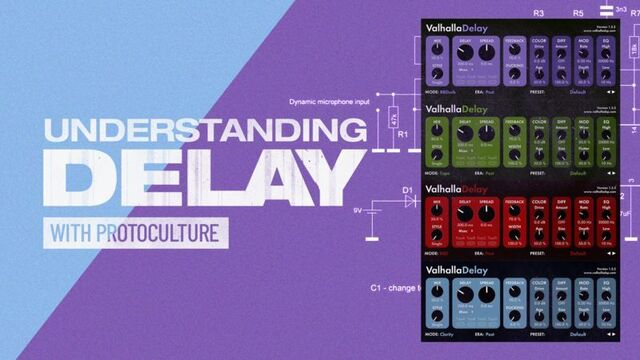
Nate Raubenheimer aka Protoculture and Shadow Chronicles is back with us this week to take an in-depth look at how we can use Delays.
There’s a multitude of different delay VST’s available out there, not to mention the fact that they ship as stock plugins with every DAW – but what is actually going on under the hood?
Over these nine videos Nate explains the fundamentals, the different types of delays available and then gives us some practical examples on how we can utilise this space creating effect in our tracks.
Packed full of pro knowledge, tips and tricks – don’t miss this one!

If you feel like the bass response in your mixes is inconsistent or weak, you may need to reconsider the tools and methods you’re using to optimize your bass. This course focuses on the tools in Neutron and strategies for improving the consistency of your low-end/bass (that apply to many other software and hardware tools). However, some of the strategies in this course can be applied with many tools on the market.
For the past 15 years, I’ve recorded and mixed audio from live settings (including San Francisco’s Fillmore) to the studio. One of the most challenging audio tasks?… getting bass to fill out consistently, without being overbearing or underwhelming. This course covers tips and best practices for managing and optimizing your bass with modern tools (like Neutron’s dynamic EQ).
As you continue through the course, you’ll be learning everything you need to complete the class project – a great way to take ownership of the skills and knowledge in this training. Good luck!

This is a huge PDF collection of John Williams scores acquired over the years. It contains most of the publicly available Suites, as well as complete scores for many well known pictures, some piano transcriptions and also handwritten sketches. Because of the different nature of those scores, legibility is not always of the same quality, but I am sure every true fan would not want to miss any of these treasures non the less!
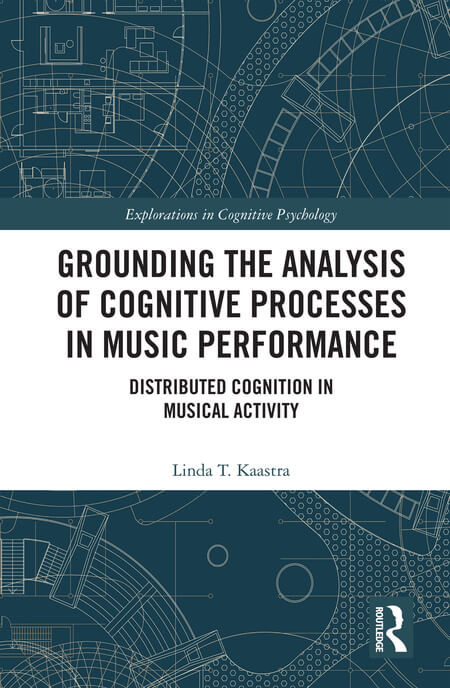
Through the systematic analysis of data from music rehearsals, lessons, and performances, this book develops a new conceptual framework for studying cognitive processes in musical activity.
Grounding the Analysis of Cognitive Processes in Music Performance draws uniquely on dominant paradigms from the fields of cognitive science, ethnography, anthropology, psychology, and psycholinguistics to develop an ecologically valid framework for the analysis of cognitive processes during musical activity. By presenting a close analysis of activities including instrumental performance on the bassoon, lessons on the guitar, and a group rehearsal, chapters provide new insights into the person/instrument system, the musician’s use of informational resources, and the organization of perceptual experience during musical performance. Engaging in musical activity is shown to be a highly dynamic and collaborative process invoking tacit knowledge and coordination as musicians identify targets of focal awareness for themselves, their colleagues, and their students.
Written by a cognitive scientist and classically trained bassoonist, this specialist text builds on two decades of music performance research; and will be of interest to researchers, academics, and postgraduate students in the fields of cognitive psychology and music psychology, as well as musicology, ethnomusicology, music theory, and performance science.
Linda T. Kaastra has taught courses in cognitive science, music, and discourse studies at the University of British Columbia (UBC) and Simon Fraser University. She earned a PhD from UBC’s Individual Interdisciplinary Graduate Studies Program.
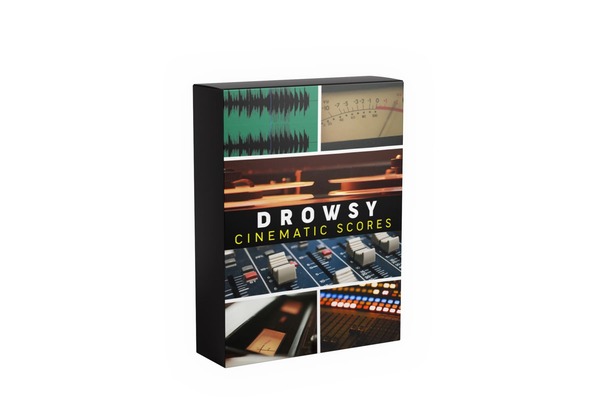
Stylized and crafted Cinematic Scores to give your next project that extra edge. 3 categories so that you can find the right vibe and track for your project style.
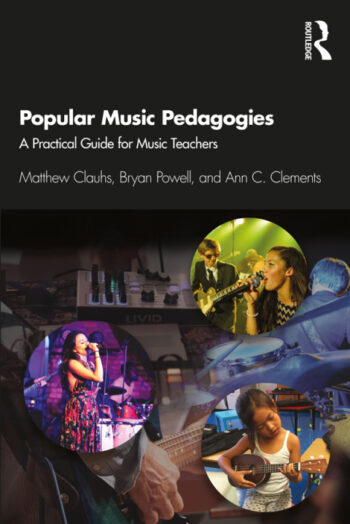
Popular Music Pedagogies: A Practical Guide for Music Teachers provides readers with a solid foundation of playing and teaching a variety of instruments and technologies, and then examines how these elements work together in a comprehensive school music program. With individual chapters designed to stand independently, instructors can adapt this guide to a range of learning abilities and teaching situations by combining the pedagogies and methodologies presented. This textbook is an ideal resource for preservice music educators enrolled in popular music education, modern band, or secondary general methods coursework and K-12 music teachers who wish to create or expand popular music programs in their schools. The website includes play-alongs, video demonstrations, printed materials, and links to useful popular music pedagogy resources.
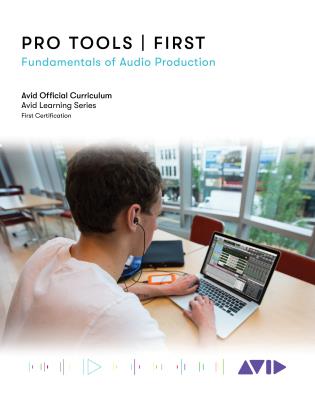
Pro Tools | First: Fundamentals of Audio Production introduces users to the power of Pro Tools software and marks the first steps toward developing core skills in audio production. The book covers the basic principles you’ll need to complete a Pro Tools | First project, from initial setup to final output, and it is designed for those who are new to professional audio production and also for experienced users who are unfamiliar with Pro Tools software.
This book is laid-out to mirror the creative process of audio production—from set up, to the recording process, editing and mixing, and then creating the final files. Interspersed within each chapter are short hands-on tutorial exercises which give users a chance to explore the concepts and techniques being discussed and hear the results.
For those interested in gaining official Avid certification, this book is also a valuable introduction for further learning and through the Avid Learning Series curriculum.